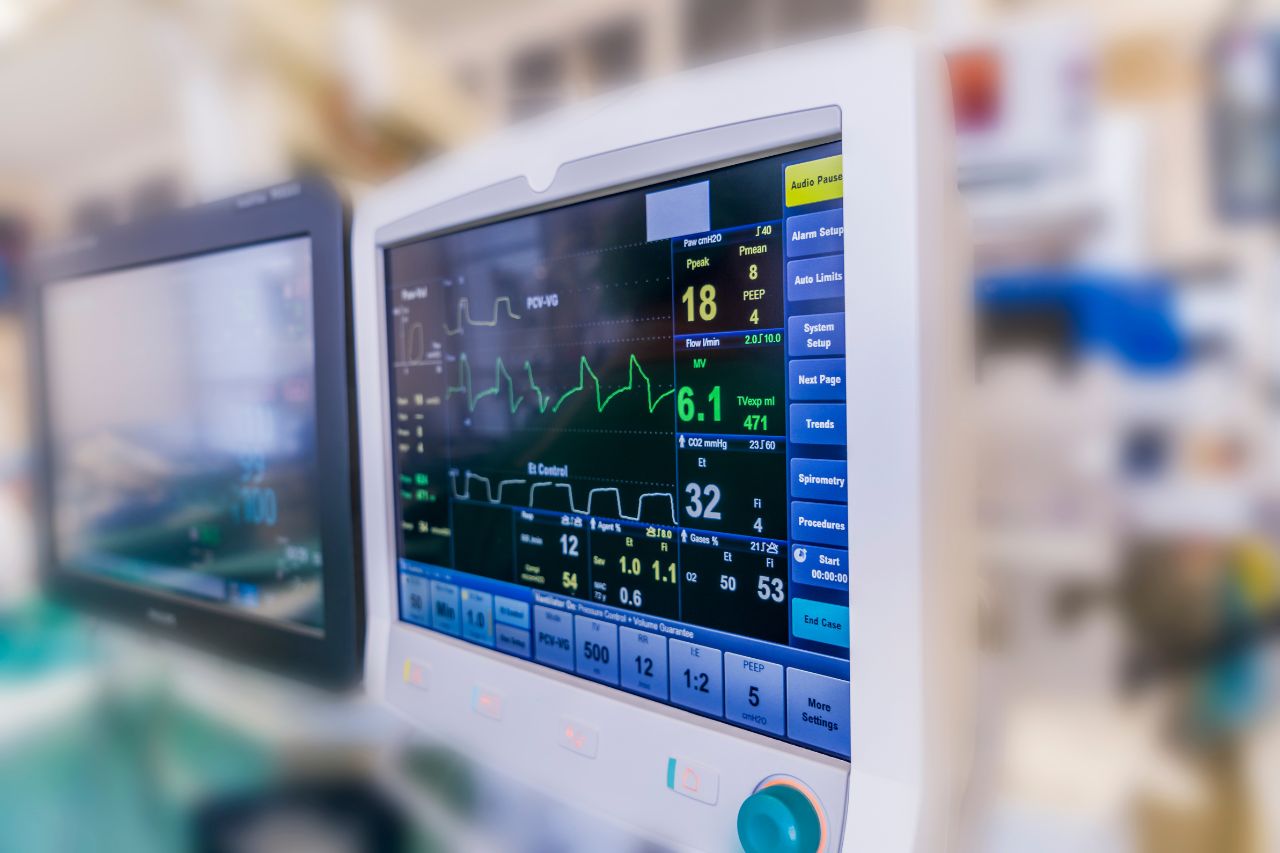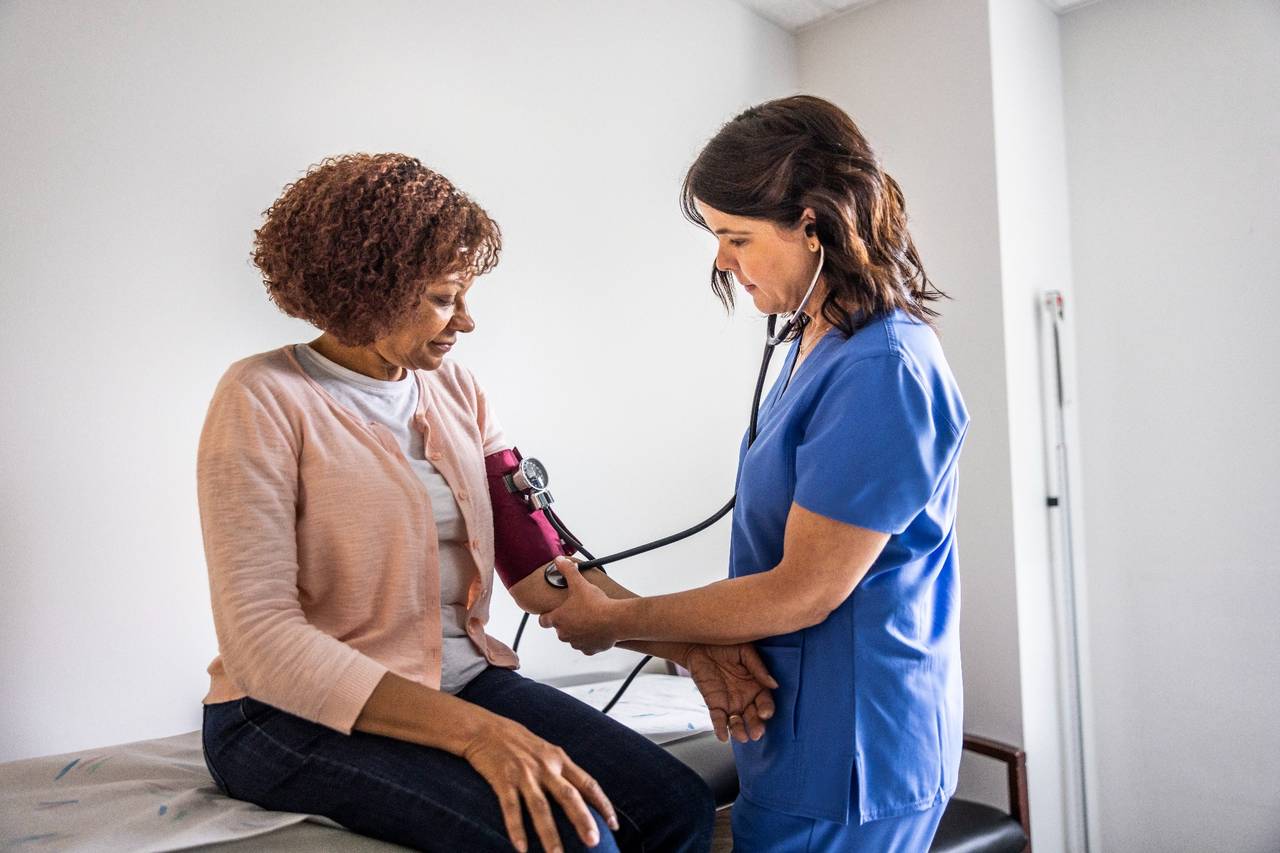Most Common Sexually Transmitted Infections and Diseases
.jpg?rev=e1d4e138710944778f273fc666956c71)
Over 30 viruses, bacteria, and parasites can be transmitted through sexual contact. These sexually transmitted infections (STIs) may cause no symptoms initially. A sexually transmitted disease (STD) occurs as the result of an STI and produces symptoms.
Knowing the different types of sexually transmitted infections and how to prevent them can keep you from developing a sexually transmitted disease.
What Are the Most Common Sexually Transmitted Diseases?
The most common STDs are:
- Chlamydia
- Gonorrhea
- Syphilis
- Trichomoniasis
- Human papillomavirus (HPV)
- Hepatitis B
- Genital herpes
- HIV/AIDS
Of those on this common sexually transmitted infections list, chlamydia, gonorrhea, syphilis, and trichomoniasis are curable. Treatments exist for the other four, but they aren’t curable.
Identifying and addressing any type of STI or STD is critical for your health and the health of anyone with whom you have intimate contact.
Symptoms of Common STDs
STDs can be asymptomatic. When symptoms of the most common types of sexually transmitted diseases occur, they are as follows:
- Chlamydia. Unusual discharge from your vagina or penis. Burning or pain when you urinate.
- Gonorrhea. Unusual discharge from your vagina or penis. Burning or pain when you urinate.
- Syphilis. Four stages: 1) a seemingly harmless bump or lesion on the genitals, 2) body rash and sores in the mouth, vagina, or anus, 3) a latent stage with no symptoms, 4) rarely reached but causes nerve, organ, and brain damage.
- Trichomoniasis. Burning, sore, or itching genitals. Possibly a foul-smelling, clear, white, yellowish, or greenish discharge.
- Human papillomavirus (HPV). Often no symptoms. Can cause genital warts, mouth and throat infections, and cancer of the mouth, throat, penis, or cervix.
- Hepatitis B. Fatigue, nausea, stomach pain, vomiting, yellowing of the skin and eye, and dark urine.
- Genital herpes. Small blisters that become open sores on or near the genitals, anus, thighs or buttocks. Itching, tingling, or burning around the genitals. Pain when urinating. Unusual genital discharge.
- HIV/AIDS. Three stages: 1) Early-stage with swollen glands, headaches, fatigue, fever, and muscle aches. 2) Asymptomatic clinical latency. 3) Late-stage, called AIDS, with significant unexplained weight loss, fever, dry cough, night sweats, frequent severe rare infections, and unusual skin rashes.
What Are Some Examples of "Silent" STDs?
Some common STDs are referred to as “silent STDs.” That means most infected people don’t have symptoms. Chlamydia and gonorrhea are good examples. If symptoms do occur, it’s often several weeks after exposure.
The existence of these types of asymptomatic sexually transmitted diseases underscores the importance of taking steps to reduce your risk of STIs and STDs.
How to Avoid Common STDs & STIs
You can reduce your risk of common STIs and STDs in several ways. Abstinence is the most effective way to prevent sexually transmitted infections or diseases. If you’re sexually active, correct and consistent use of condoms is crucial. Mutual monogamy or reducing your number of sexual partners is also helpful. Vaccinations are available for certain conditions like HPV and hepatitis B.
Maintaining open, honest communication with your sexual partners is also essential in preventing the transmission of STIs.
Treatment Options
Doctors can prescribe various treatments for the different STDs. Antibiotics can be effective against bacterial infections. With some STDs, a single-dose regimen can eliminate the infection. Antiviral medicines can help control viral illnesses.
If you think you have an STD, the sooner you take action to get diagnosed and start treatment, the better your outcome is likely to be.
Who Is at Risk at Developing Common STDs & STIs
Anyone can contract an STI or STD. However, the CDC says that certain groups are more affected by STDs. These groups are adolescents and young adults, gay and bisexual men, pregnant women and infants, and racial and ethnic minorities. If your risk of STIs and STDs is high, you should be especially careful in your sexual interactions and vigilant for symptoms.
Learn More About Common STDs & STIs
There are several common sexually transmitted infections. Awareness of the different types of STIs and STDs, prevention, and prompt treatment are vital to limit the spread of these conditions.
If you think you may have any of the various types of STDs, make an appointment with a Baptist Health doctor to get a diagnosis and assistance with treating the condition.


.jpg?rev=ed72459f825148bc85a8cd78cd3cd5fa)
